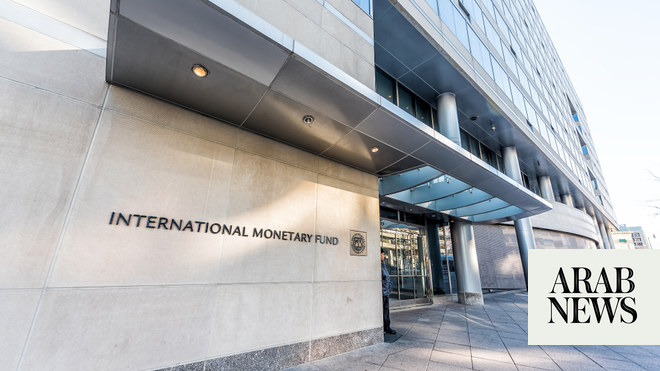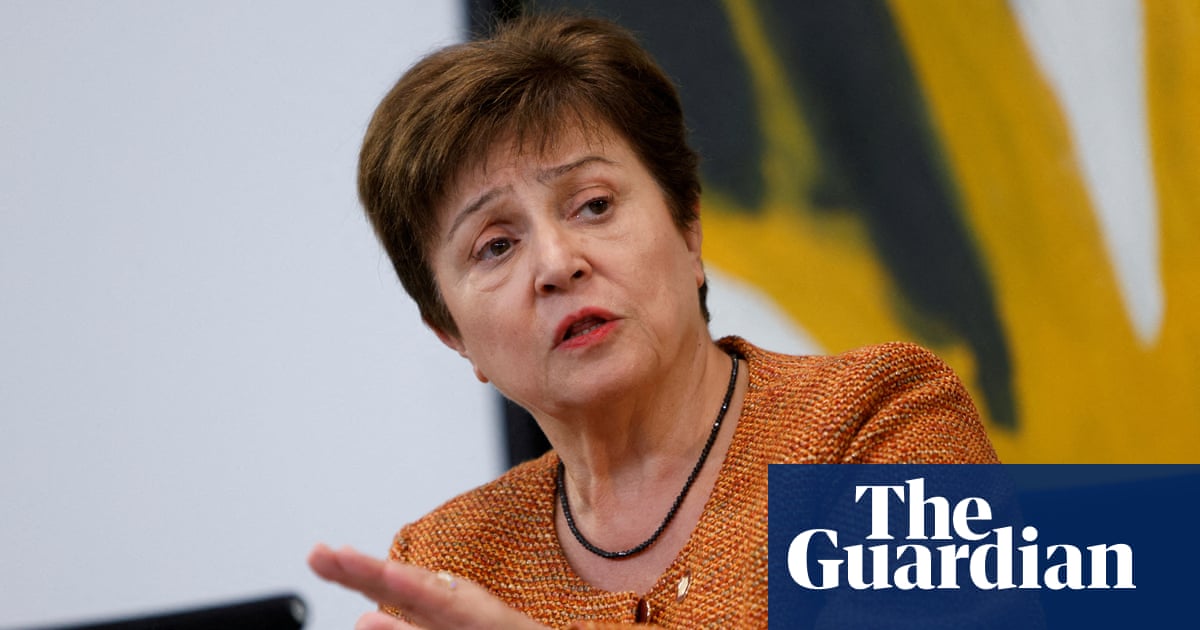
Georgieva said the global economy was on firmer footing after governments spent some $16 trillion on fiscal measures to contain the COVID-19 pandemic and mitigate its economic impact. However, developments are diverging dangerously across regions and countries, and even within nations.
“Vaccines are not yet available to everyone and everywhere. Too many people continue to face job losses and rising poverty,” she told the Council on Foreign Relations ahead of next week’s release of the fund’s updated World Economic Outlook. “Too many countries are falling behind.”
Georgieva said the world was at a critical turning point, much as it was in 1945 when the IMF and World Bank were created, and called for continued strong actions to safeguard the recovery, ramp up vaccine production and distribution, and invest in a new green and digital infrastructure.
“We face the biggest test of our generation,” she said. “What we do now will shape the post-crisis world.”
Georgieva said the IMF would raise its January forecasts for global economic growth of 5.5% in 2021 and 4.2% in 2022 due to increased fiscal spending in the United States and prospects for a vaccine-powered recovery in other advanced economies.
Georgieva said the United States and China were powering a “multi-speed recovery” from the crisis, with advanced economies facing an 11% cumulative loss in per capita income, relative to pre-crisis projections, while emerging and developing economies, excluding China, would see a 20% drop.
The IMF had provided over $107 billion in new financing to 85 countries and debt service relief for 29 of its poorest members. In sub-Saharan Africa, the IMF’s financing surged to 13 times its average annual level in the previous decade, she said.
But low-income countries needed more help, she said, citing new estimates that they would need $200 billion over five years to fight the pandemic and $250 billion to return to the path of catching up to higher income levels.
Georgieva said support was building for a possible $650 billion expansion of the IMF’s Special Drawing Rights, which would help all members but especially the most vulnerable, by boosting reserves without adding to their debt burdens.
Extraordinary measures undertaken by countries and more resilient banking systems had clearly helped avert a far worse global contraction and another global financial crisis, but the outlook remained highly uncertain, Georgieva said.
Much depended on the path of the pandemic, uneven vaccination rates and the emergence of new COVID-19 strains that are holding back growth prospects in Europe and Latin America.
Strong U.S. growth could help many countries by boosting trade, but it could also trigger a rapid rise in interest rates, which could cause tighter financial conditions and significant capital outflows from emerging and developing economies. That would pose major challenges, especially for middle-income countries with large external financing needs and high debt levels, she said.
Georgieva urged authorities to keep an eye on financial risk, including stretched asset valuations, and to take steps to prevent excess financial volatility - at home and abroad.
Small and medium-sized businesses needed further support, she said, warning of a sharp rise in expected insolvencies this year as countries cut back loans and grants.












